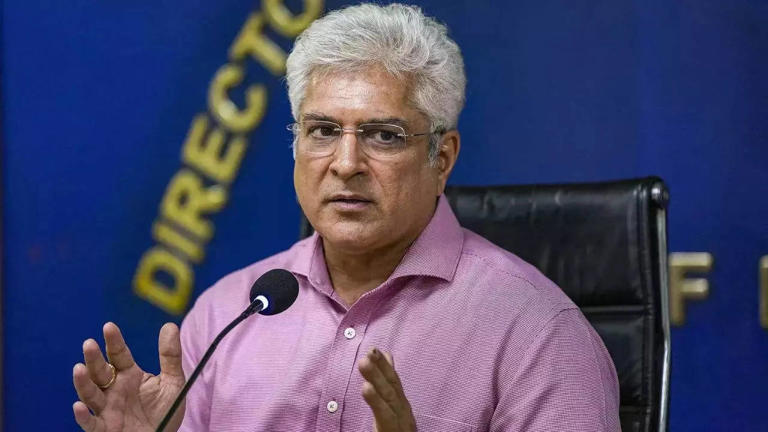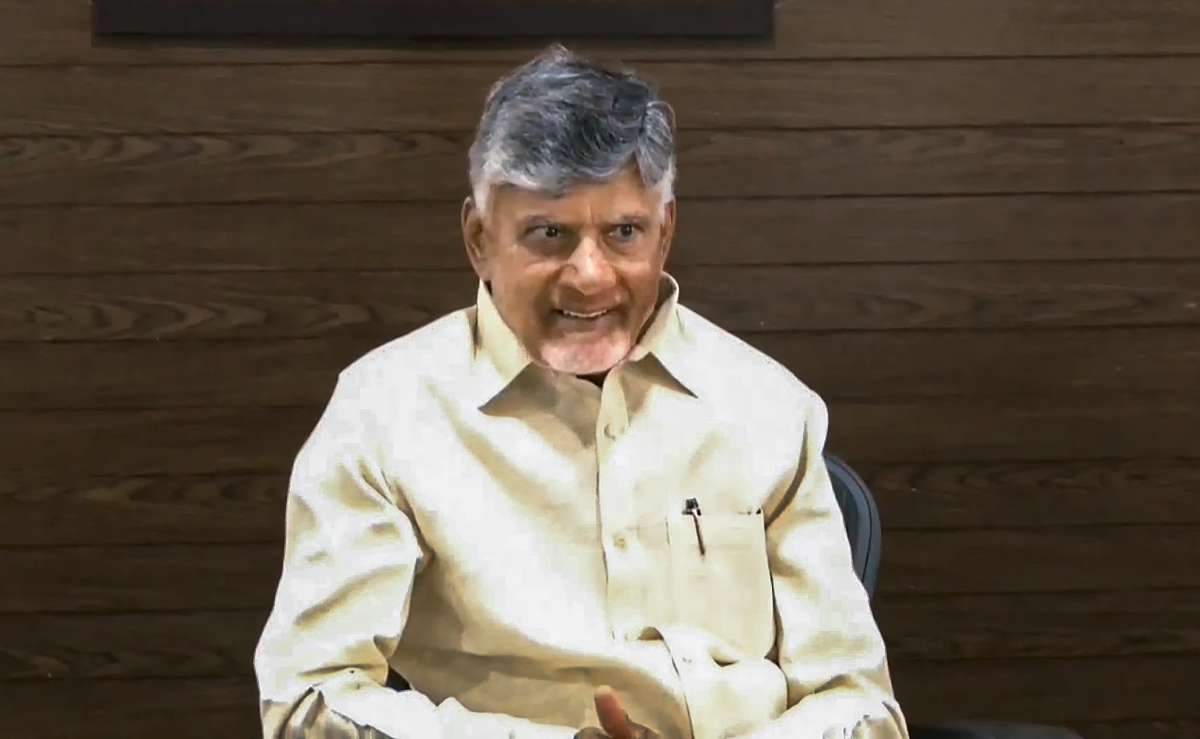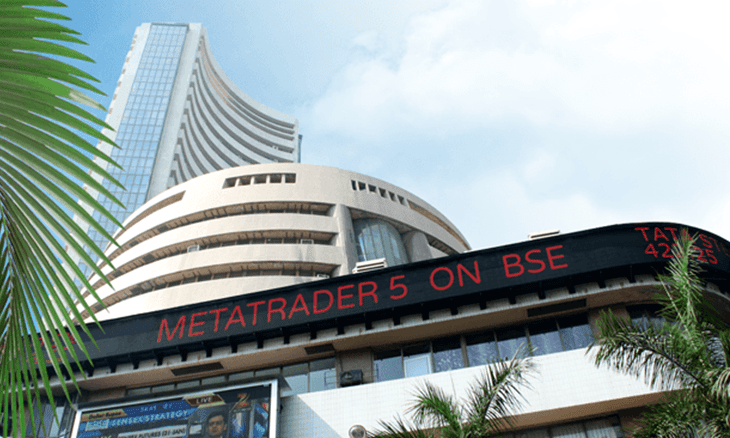Home / business / Understanding the Volatility: A Deep Dive into Recent Indian Stock Market Movements
Understanding the Volatility: A Deep Dive into Recent Indian Stock Market Movements
By: My India Times
4 minutes read 74Updated At: 2024-12-19

The Indian stock market has been on a rollercoaster ride lately, and investors are feeling the bumps. With global economic shifts and domestic factors in play, there’s been a noticeable spike in market volatility. Let’s take a closer look at what’s causing these fluctuations and how they’re impacting investors.
What’s Driving the Market Volatility?
On December 19, 2024, the Indian stock market took a hit. The NSE Nifty 50 fell by 1%, and the BSE Sensex dropped 1.1%. Why the sudden drop? The catalyst seems to be the U.S. Federal Reserve, which recently signaled that it would not cut interest rates as aggressively in 2025 as previously anticipated. This decision raised concerns among investors about tighter liquidity globally, making emerging markets like India less appealing in the short term.
When global investors get nervous, it’s not uncommon to see capital flow out of markets like India. This pullback creates volatility and causes stock prices to fluctuate as investors recalibrate their portfolios.
Stock Movers: What’s Happening With Specific Companies?
Bajaj Finserv (NSE: BAJAJFINSV): The stock of Bajaj Finserv, a giant in India’s financial services sector, dropped 0.69% to ₹1,630.70. It’s a reminder that even strong companies can face headwinds in uncertain economic climates. Despite this, Bajaj Finserv’s long-term outlook remains solid thanks to its strong portfolio in insurance, finance, and asset management. However, short-term investors may want to be cautious given the current volatility.
Asian Paints (NSE: ASIANPAINT): Asian Paints, India’s largest paint company, also faced a minor decline of 0.47%, closing at ₹2,345.70. The stock is still significantly lower than its 52-week high of ₹3,422. While the company remains a leader in its field, rising raw material costs and slower demand in certain markets have created challenges. Investors should keep an eye on how the company handles these challenges, but Asian Paints’ market leadership remains a strong factor in its favor.
What the Volatility Means for Investors
If you’ve been following the markets closely, you’ve probably noticed that the India VIX, a gauge of market volatility, has been rising. It spiked by 2.5%, reaching 14.74, signaling that investors are feeling more nervous. When the VIX goes up, it’s a sign that uncertainty is in the air, and many investors may choose to hold off on big decisions until the picture becomes clearer.
But here’s the thing – volatility can be unsettling, but it doesn’t necessarily mean doom and gloom. For long-term investors, market dips often present opportunities to buy into solid companies at a discount.
What’s Next for the Indian Market?
Despite the current volatility, India’s economic fundamentals remain strong. The country is benefiting from a young and growing population, a robust consumer market, and a thriving digital economy. This makes India an attractive long-term play for investors, even if short-term challenges persist.
However, there are factors to keep an eye on in the near term:
- Global economic shifts: Any change in U.S. interest rates or economic conditions could impact foreign investment flows to India.
- Domestic inflation: Rising costs of goods and services can squeeze corporate profits, especially in sectors like consumer goods and manufacturing.
- Geopolitical concerns: Tensions in different parts of the world can affect global markets and, in turn, the Indian stock market.
For investors, it’s important to stay informed about these developments and adjust strategies accordingly. Diversifying your portfolio and focusing on companies with strong fundamentals will help you navigate through the ups and downs of the market.
How to Manage Risk in Volatile Times
Volatility doesn’t have to be a bad thing. In fact, it can create opportunities for savvy investors. Here’s how you can manage risk during turbulent times:
- Diversify your investments: Don’t put all your eggs in one basket. Spread your investments across different sectors, asset classes, and even countries to reduce risk.
- Think long-term: If you’re investing for the long haul, don’t get distracted by short-term market movements. Focus on companies with strong growth potential that can weather economic storms.
- Stay informed: Keep an eye on global economic trends, as they can have a big impact on the Indian market. Stay updated on government policies, inflation data, and corporate earnings reports.
Final Thoughts: Navigating Through Uncertainty
While the current volatility in the Indian stock market may feel unsettling, it’s important to remember that this is a natural part of market cycles. By staying informed, being strategic, and focusing on long-term goals, you can turn these challenges into opportunities. Keep a cool head, and remember that investing is a journey – not a sprint.
For those willing to ride out the storm, the Indian stock market still holds tremendous potential, and it could be a rewarding place to invest for the future.
....The Indian stock market has been on a rollercoaster ride lately, and investors are feeling the bumps. With global economic shifts and domestic factors in play, there’s been a noticeable spike in market volatility. Let’s take a closer look at what’s causing these fluctuations and how they’re impacting investors.
What’s Driving the Market Volatility?
On December 19, 2024, the Indian stock market took a hit. The NSE Nifty 50 fell by 1%, and the BSE Sensex dropped 1.1%. Why the sudden drop? The catalyst seems to be the U.S. Federal Reserve, which recently signaled that it would not cut interest rates as aggressively in 2025 as previously anticipated. This decision raised concerns among investors about tighter liquidity globally, making emerging markets like India less appealing in the short term.
When global investors get nervous, it’s not uncommon to see capital flow out of markets like India. This pullback creates volatility and causes stock prices to fluctuate as investors recalibrate their portfolios.
Stock Movers: What’s Happening With Specific Companies?
Bajaj Finserv (NSE: BAJAJFINSV): The stock of Bajaj Finserv, a giant in India’s financial services sector, dropped 0.69% to ₹1,630.70. It’s a reminder that even strong companies can face headwinds in uncertain economic climates. Despite this, Bajaj Finserv’s long-term outlook remains solid thanks to its strong portfolio in insurance, finance, and asset management. However, short-term investors may want to be cautious given the current volatility.
Asian Paints (NSE: ASIANPAINT): Asian Paints, India’s largest paint company, also faced a minor decline of 0.47%, closing at ₹2,345.70. The stock is still significantly lower than its 52-week high of ₹3,422. While the company remains a leader in its field, rising raw material costs and slower demand in certain markets have created challenges. Investors should keep an eye on how the company handles these challenges, but Asian Paints’ market leadership remains a strong factor in its favor.
What the Volatility Means for Investors
If you’ve been following the markets closely, you’ve probably noticed that the India VIX, a gauge of market volatility, has been rising. It spiked by 2.5%, reaching 14.74, signaling that investors are feeling more nervous. When the VIX goes up, it’s a sign that uncertainty is in the air, and many investors may choose to hold off on big decisions until the picture becomes clearer.
But here’s the thing – volatility can be unsettling, but it doesn’t necessarily mean doom and gloom. For long-term investors, market dips often present opportunities to buy into solid companies at a discount.
What’s Next for the Indian Market?
Despite the current volatility, India’s economic fundamentals remain strong. The country is benefiting from a young and growing population, a robust consumer market, and a thriving digital economy. This makes India an attractive long-term play for investors, even if short-term challenges persist.
However, there are factors to keep an eye on in the near term:
- Global economic shifts: Any change in U.S. interest rates or economic conditions could impact foreign investment flows to India.
- Domestic inflation: Rising costs of goods and services can squeeze corporate profits, especially in sectors like consumer goods and manufacturing.
- Geopolitical concerns: Tensions in different parts of the world can affect global markets and, in turn, the Indian stock market.
For investors, it’s important to stay informed about these developments and adjust strategies accordingly. Diversifying your portfolio and focusing on companies with strong fundamentals will help you navigate through the ups and downs of the market.
How to Manage Risk in Volatile Times
Volatility doesn’t have to be a bad thing. In fact, it can create opportunities for savvy investors. Here’s how you can manage risk during turbulent times:
- Diversify your investments: Don’t put all your eggs in one basket. Spread your investments across different sectors, asset classes, and even countries to reduce risk.
- Think long-term: If you’re investing for the long haul, don’t get distracted by short-term market movements. Focus on companies with strong growth potential that can weather economic storms.
- Stay informed: Keep an eye on global economic trends, as they can have a big impact on the Indian market. Stay updated on government policies, inflation data, and corporate earnings reports.
Final Thoughts: Navigating Through Uncertainty
While the current volatility in the Indian stock market may feel unsettling, it’s important to remember that this is a natural part of market cycles. By staying informed, being strategic, and focusing on long-term goals, you can turn these challenges into opportunities. Keep a cool head, and remember that investing is a journey – not a sprint.
For those willing to ride out the storm, the Indian stock market still holds tremendous potential, and it could be a rewarding place to invest for the future.
By: My India Times
Updated At: 2024-12-19
Tags: business News | My India Times News | Trending News | Travel News
Join our WhatsApp Channel













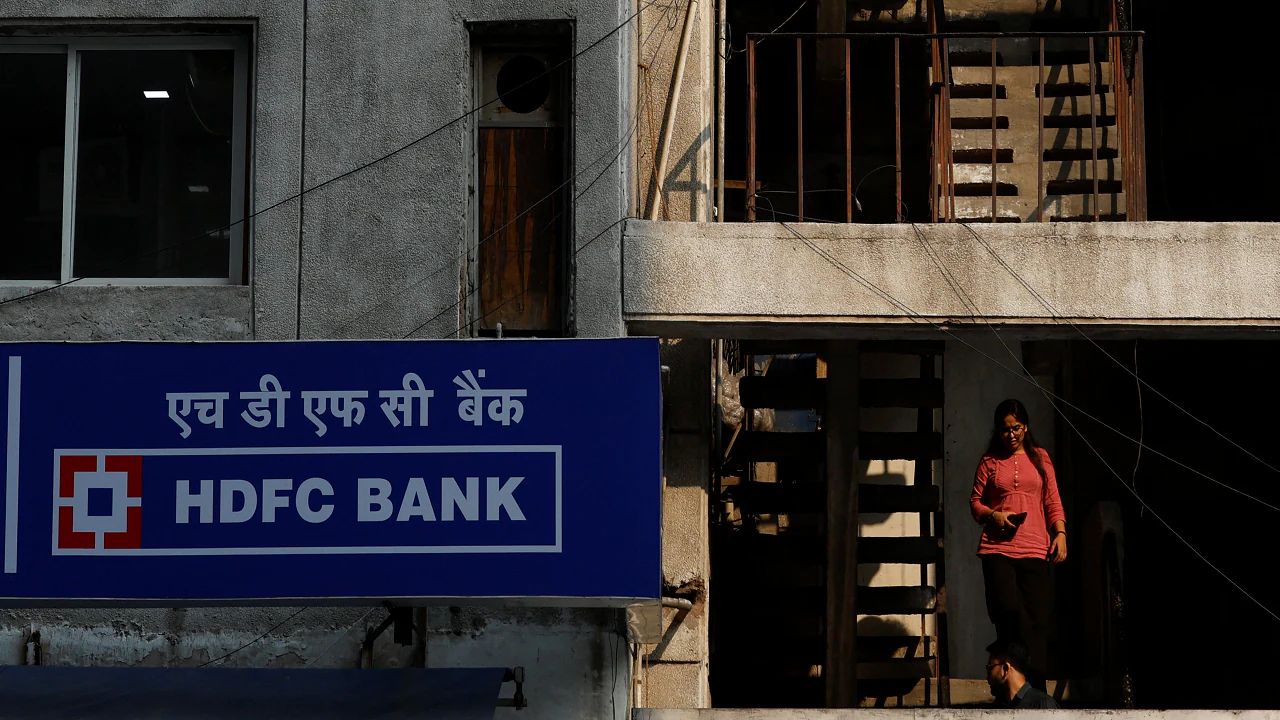


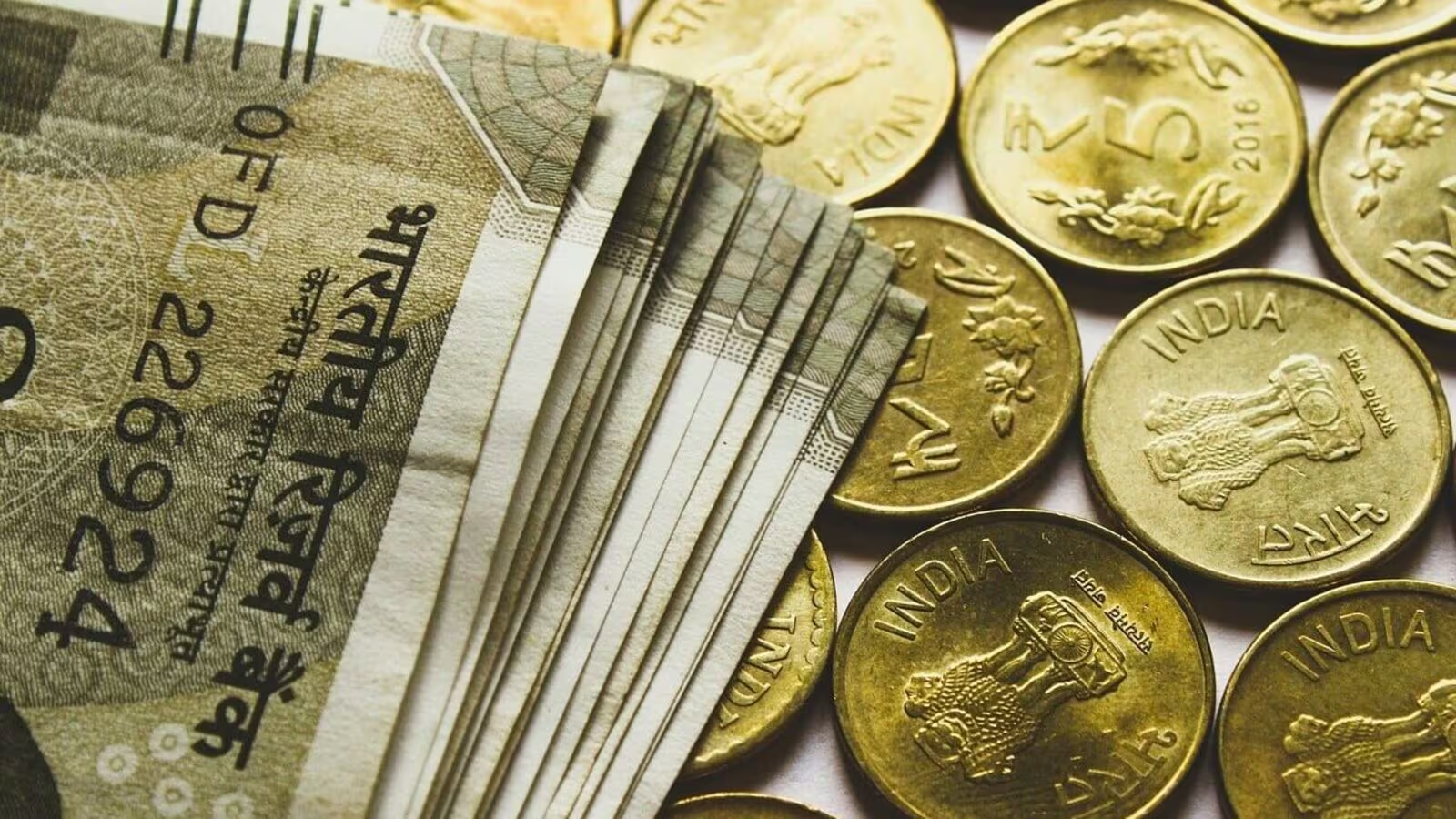



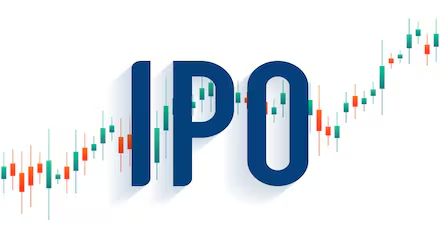





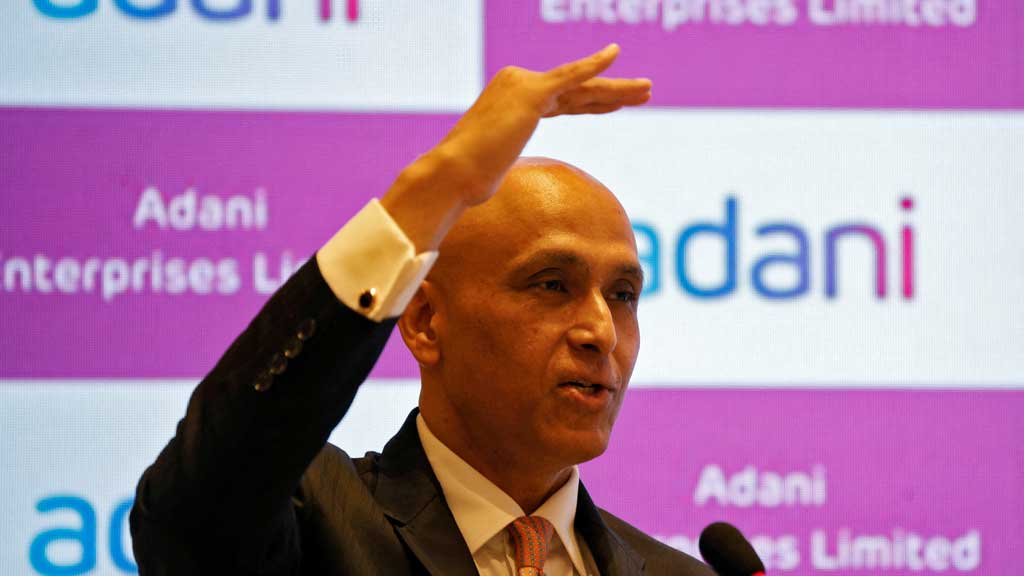
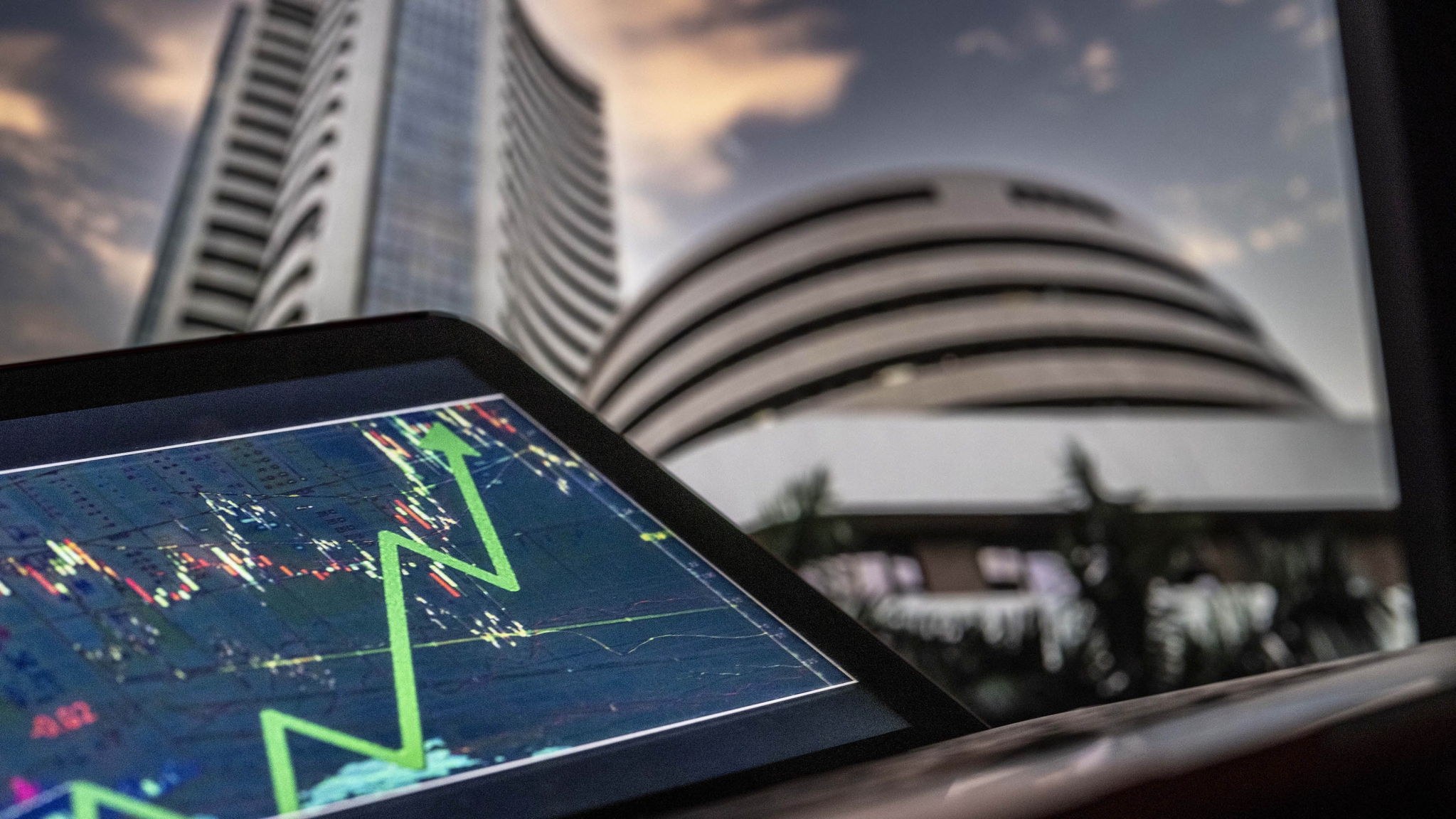



.jfif)






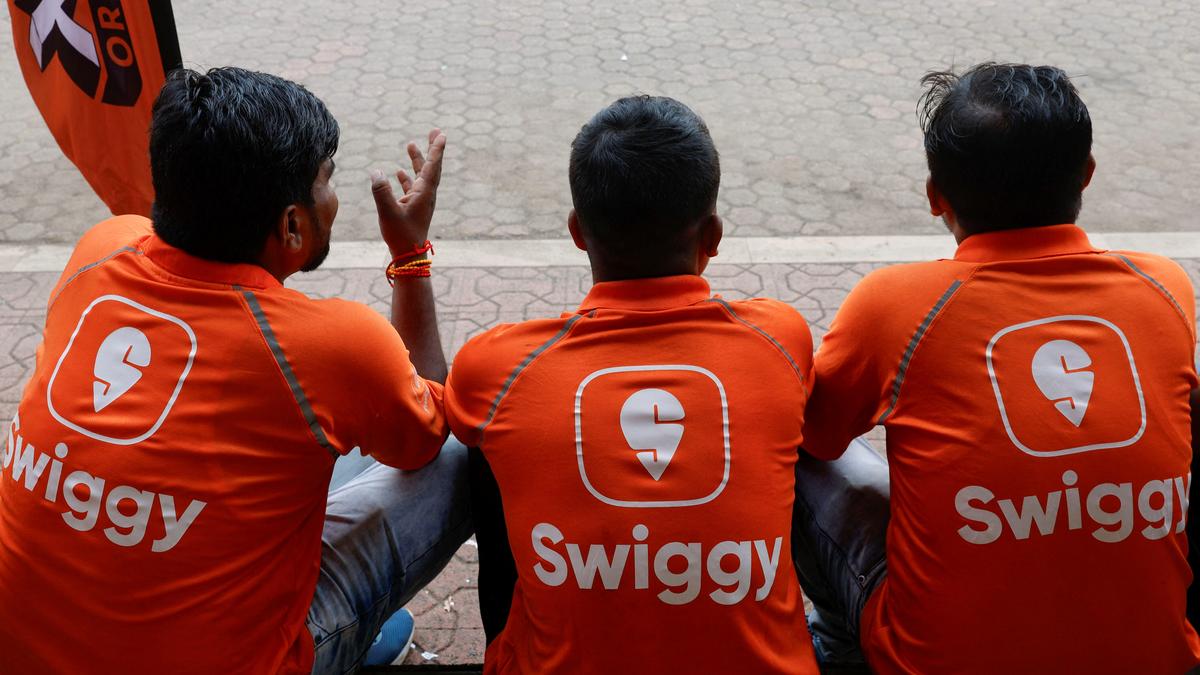




























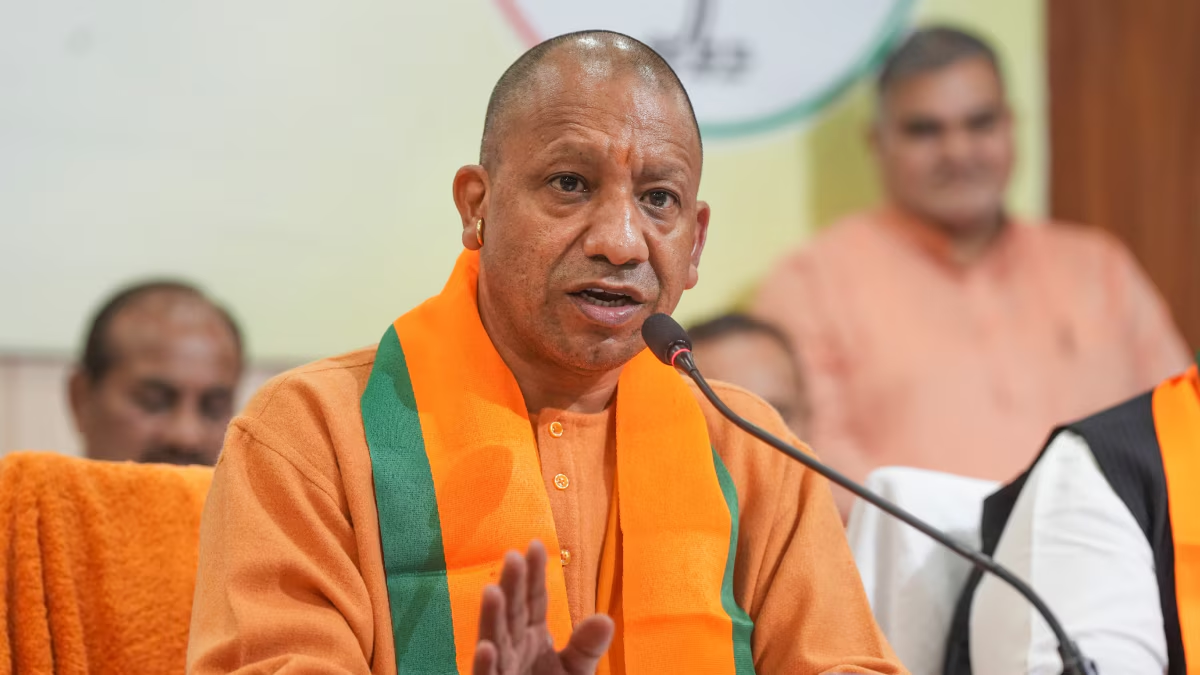






































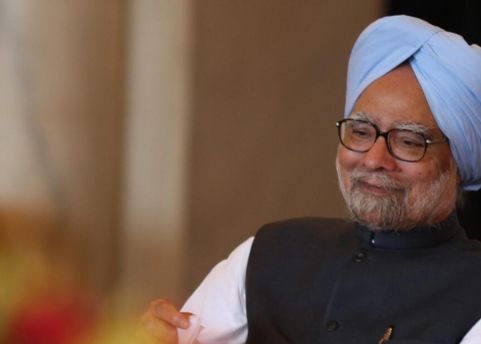

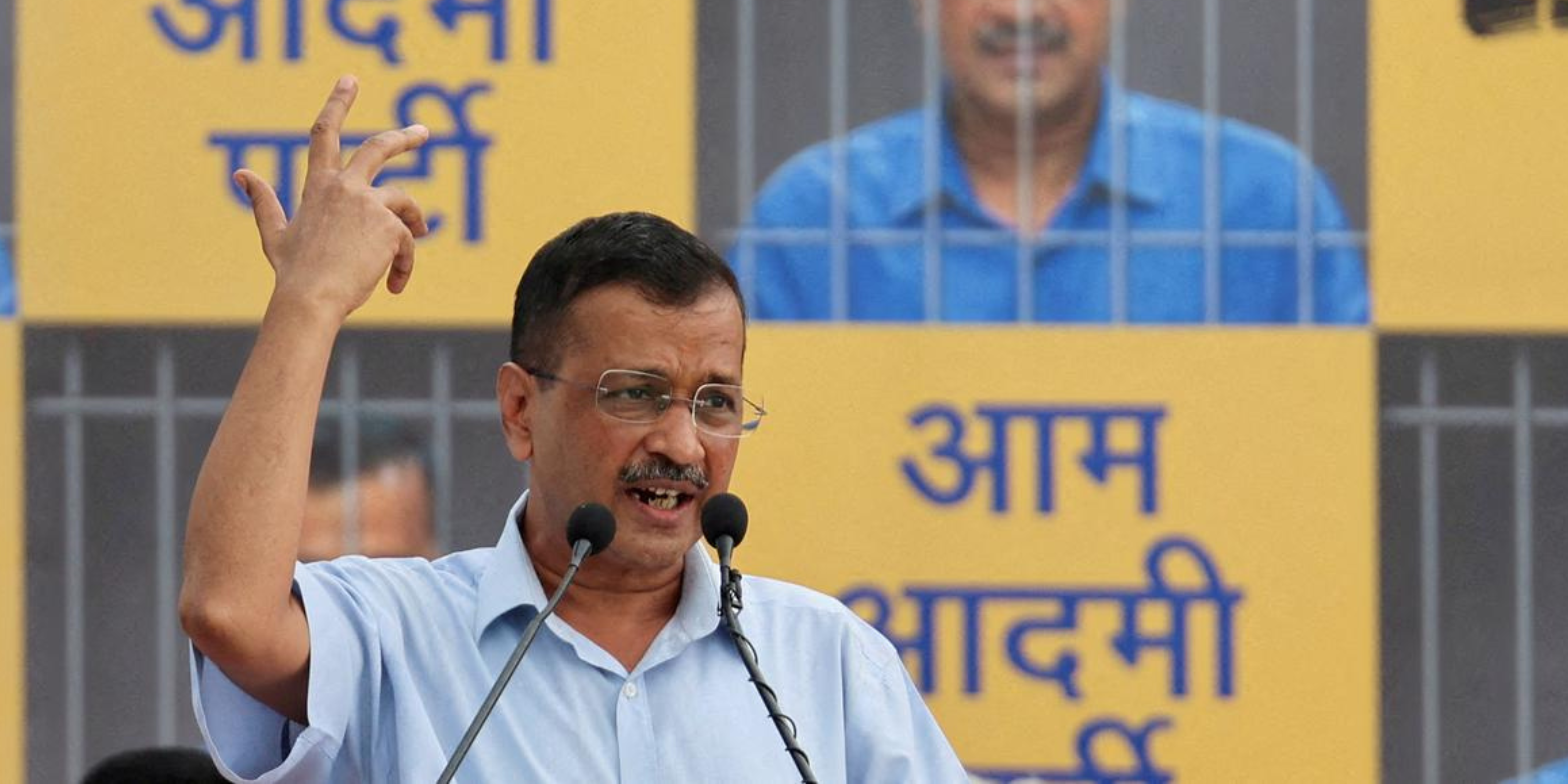




















.png)
 (1).png)





